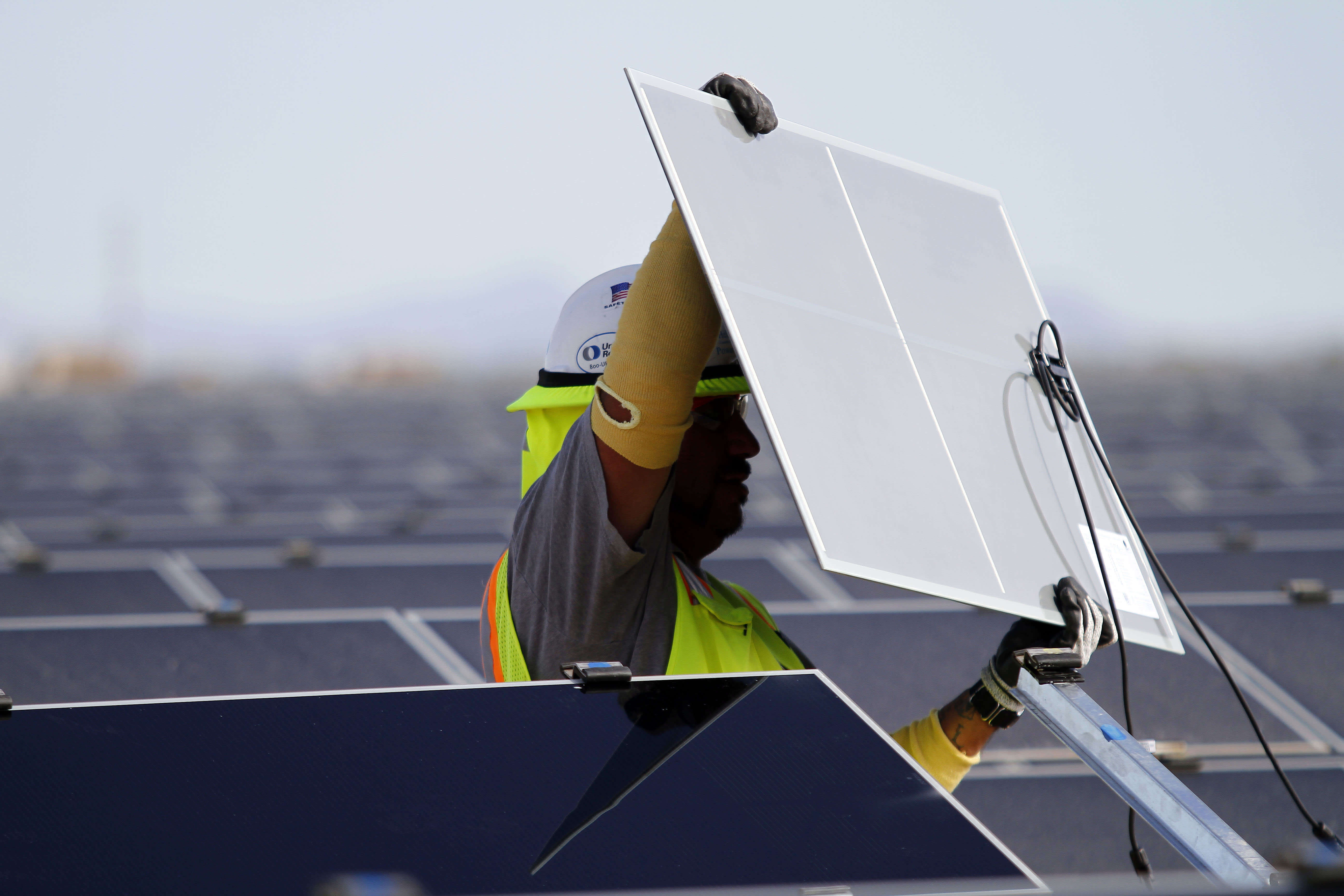Shares of First Solar dropped more than 14% during extended trading Tuesday after the company reported missing revenue expectations during the fourth quarter and issued weak full-year guidance.
The solar-panel manufacturer has faced rising raw material costs and supply chain bottlenecks.
Here’s how the company did relative to estimates compiled by Refinitiv:
- EPS: $1.23 per share vs. $1.06 expected
- Revenue: $907 million vs. $918 million
First Solar’s full-year guidance also came up short of Wall Street’s expectations. The company expects revenue between $2.4 billion and $2.6 billion, while Wall Street was calling for $2.76 billion.
The company expects earnings per share to be between breakeven and 60 cents for the full year, well short of the $1.92 analysts were expecting.
First Solar CEO Mark Widmar said the solar manufacturing industry faced a year of “supply chain, logistics, cost, and pandemic-related challenges.”
The company also announced that it’s in advanced stage discussions to sell its project development and operations and maintenance platform in Japan.
Looking ahead, Widmar said 2022 will be a “pivotal year,” with “significant investment” across manufacturing expansion, new producers, R&D and new contracting strategies.
Still, on the conference call following the company’s quarterly update, management said they expect 2022 to be a challenging year from an earnings standpoint, especially due to elevated freight costs. The company said prices for contracted volumes have risen between 200% and 300% above pre-pandemic levels. In 2022, the company expects contracted freight rates to jump 100% year over year.
Along with elevated costs, transit times have also increased, while “reliability and availability has significantly worsened, pushing more volume into a higher price spot market.”
The company also pointed to rising commodity costs, including a 40% jump in steel prices throughout 2021.
This story is developing, please check back for updates.
